 When teaching medical terminology, I would search for something to make terms more interesting for students or look for ways to lighten my medical terminology class presentation. I also spent time creating material for students to use as extra credit.
When teaching medical terminology, I would search for something to make terms more interesting for students or look for ways to lighten my medical terminology class presentation. I also spent time creating material for students to use as extra credit.
But, most importantly, I sought activities to impress upon students the importance of being fluent in the language of medicine before they embarked on a healthcare career.
If you are searching for these things, too, look through these five blog post categories and find ideas to supplement your current class materials and activities.
New Terms

The language of medicine is ever-changing. Terms may have emerged since you assigned your class textbook. Use this category to keep current on new and emerging terms.
Feature Terms

It is often helpful for students to know the origin of a medical term or to read more about it than the definition provided in their textbook. Use this category to learn the story of a medical term.
Games

Crosswords and Quizzes are useful for expanding vocabulary, improving spelling, and reviewing knowledge. The Word Jumble is useful in adding humor to your lecture. Use this category to add an interactive dynamic to your class.
Faculty Tips

What better way to impress upon students the importance of mastery of medical language in healthcare than to include interviewing a health professional as a class assignment. Use this category for classroom activity ideas.
Videos

The videos featured in this category are mostly YouTube videos. They were carefully selected for the length (3-5 minutes). Use this category for a visual orientation or a quick recap of a medical term.
How to Find Blog Posts
To find posts related to each body system, look to the right column of this blog. In the orange boxes featuring the textbooks Exploring Medical Language and Basic Medical Language, you will see links to posts that relate to the body system chapters or lessons. Although the body system chapters or lessons align with Exploring Medical Language and Basic Medical Language, the post will be helpful no matter the assigned textbook.
Click on a lesson or chapter to learn which blog posts relate to it.
The blog post categories are listed in the top bar of the blog.
Tips for Use
-
Link blog posts to your lecture or online materials.
-
Assign students to read a blog post and write a report.
-
Place the blog post in the course content as reference material.
-
Assign quizzes or crosswords for students to earn extra credit.
-
Use a crossword or quiz as a class activity to close a lecture.
-
Include links to the games in your online student assignment activities.
-
Project a Jumble on the screen for students to see as they walk into class. Begin the class with a discussion about the term featured.
Blog Posts are ready for you to use! Print them, link to them, and use them live in your online or in-person classroom or any other way your imagination takes you. We hope these ideas on using the posts in your medical terminology class are helpful.

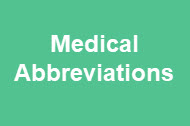

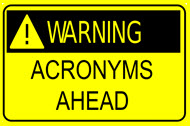
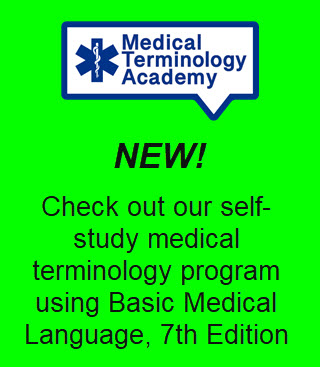
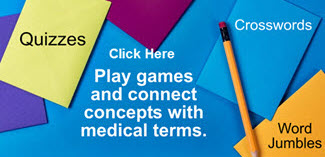
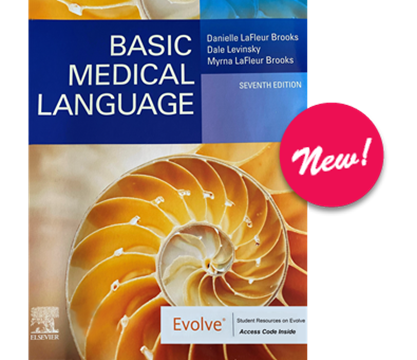
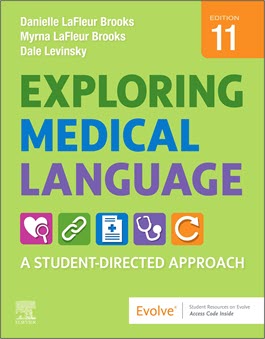
One Response